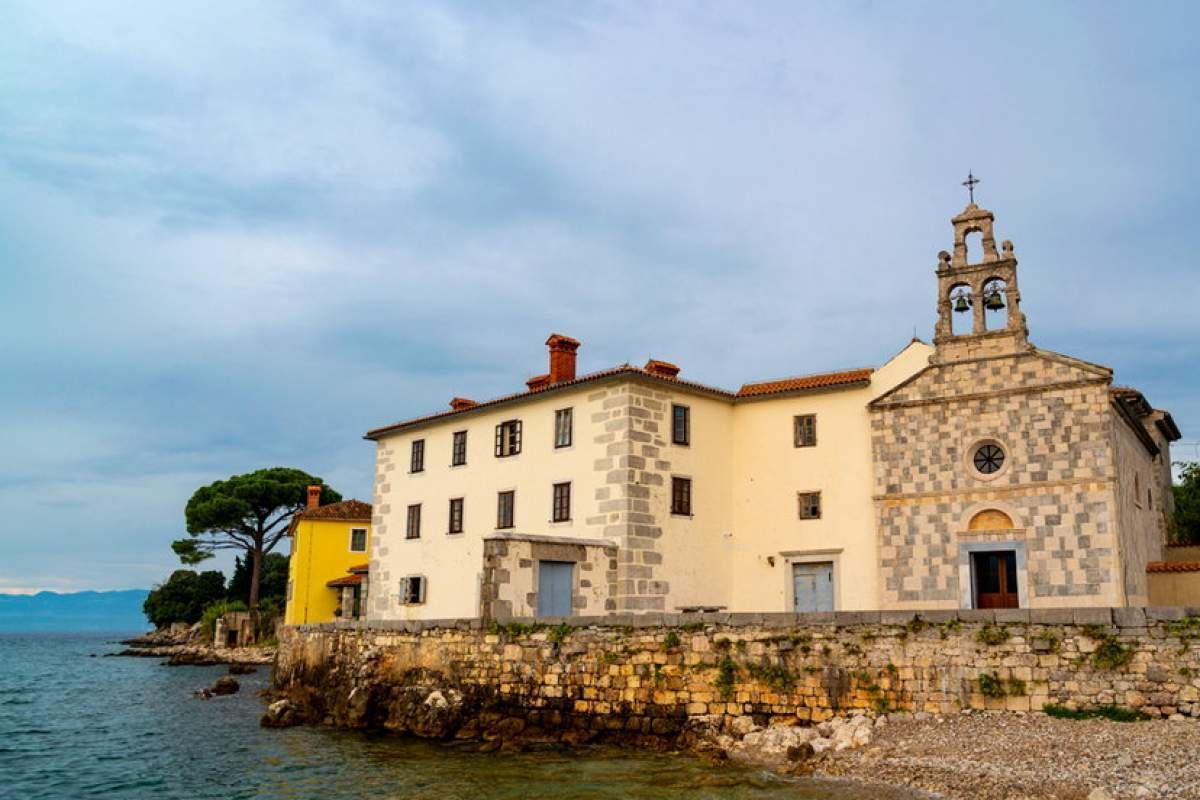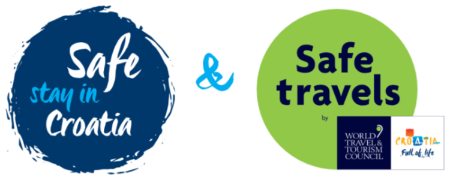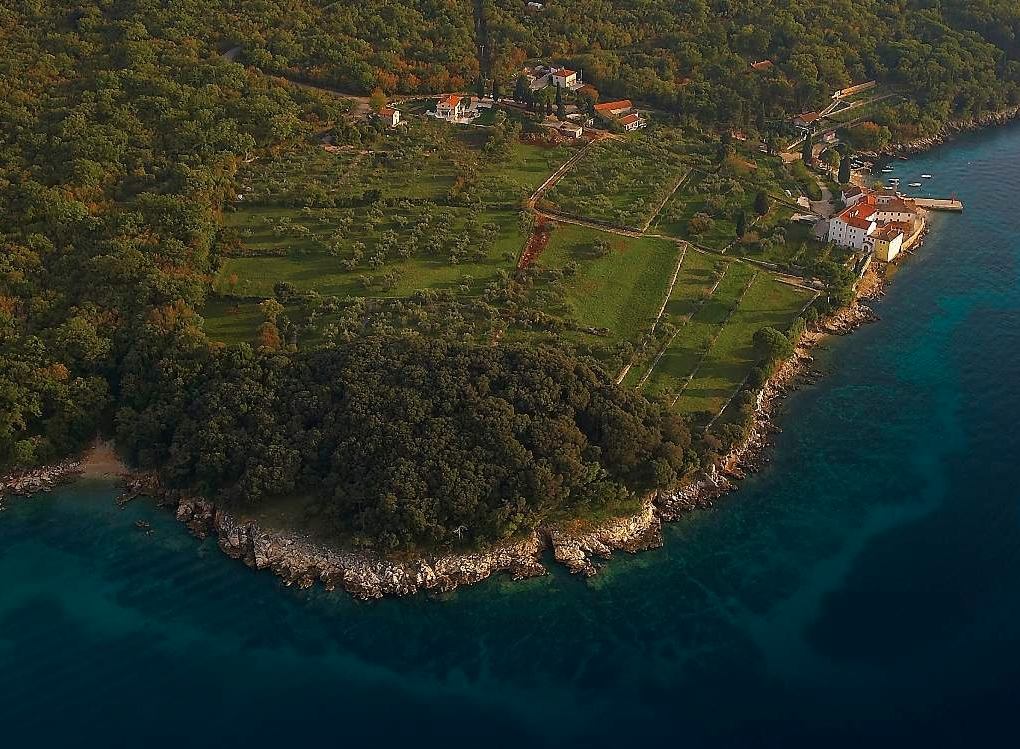The Area of Šotovento
Samostan franjevaca trećoredaca glagoljaša i crkva sv. Marije u Glavotoku

The Area of Šotovento
Šotovento, located on the western side of Krk Island, captivates with its rich history, natural beauty, and authentic island atmosphere. Its name, meaning "below the wind," symbolizes its sheltered position and tranquil environment, making it an ideal destination for those seeking a blend of tradition, nature, and modern living.
This area is known for its landmarks, including numerous religious sites and natural reserves:
- The Franciscan Third Order Monastery and the Church of St. Mary in Glavotok, built in 1507, serve as the historical and spiritual centre of the region, attracting visitors with their architecture and serenity.
- The protected Holm Oak Forest Reserve, located between the monastery and Camp Glavotok, is a unique natural site in Croatia, preserving centuries-old forest beauty on one hectare.
- The Church of St. Krševan, dating back to the 9th century, a first-category monument near the village of Milohnići, bears witness to Šotovento's long history and cultural significance.
- The Parish Church in Poljica is another landmark that adds to the spiritual and historical value of the area.
- The ancient oak trees above Čavlena Bay, including one over 400 years old with a trunk circumference of 5.4 meters, are natural symbols of resilience and longevity in the region.
Šotovento was once known for livestock farming, agriculture, woodcutting, olive growing, viticulture, and fishing, particularly in villages closer to the sea, such as Skrbčići and Pinezići. Over the past two decades, tourism and hospitality have taken a leading role in the area’s economic development, making it an attractive destination for visitors worldwide.
A significant feature is the ferry port in Valbiska, the westernmost bay of Šotovento, which connects the islands of Krk, Cres, and Rab, making this area a key transportation hub.
Today, Šotovento represents a harmony of history, nature, and modern development. Its centuries-old forests, olive groves, sacred sites, and quiet coves offer visitors a unique experience of Krk Island's beauty, while local tradition and hospitality further enrich every visit.
Camping Glavotok – Your destination for unforgettable moments




.jpg)
.jpg)
.jpg)


